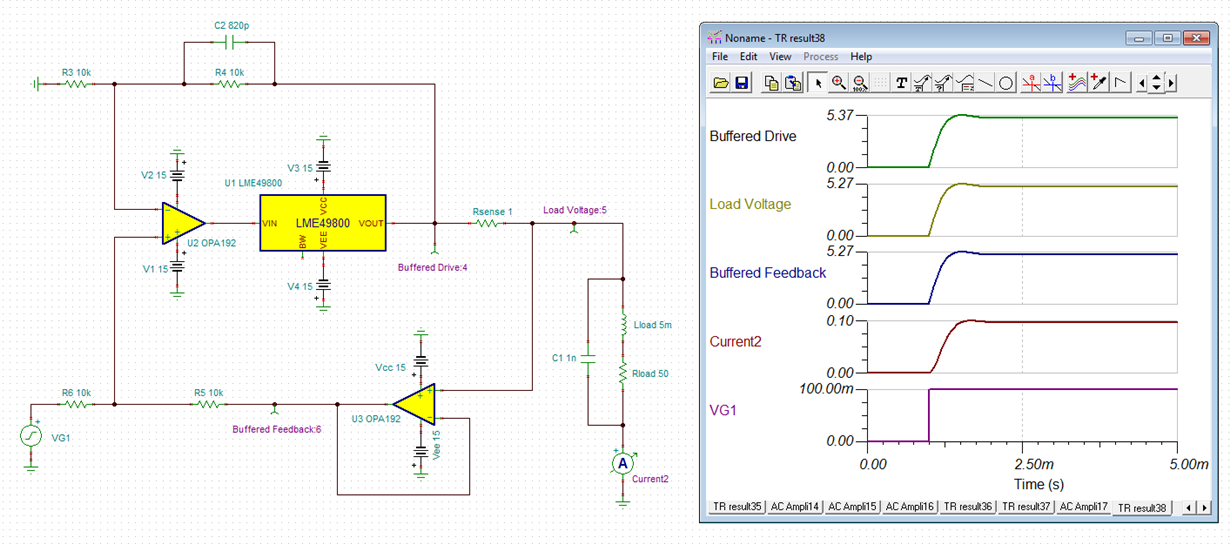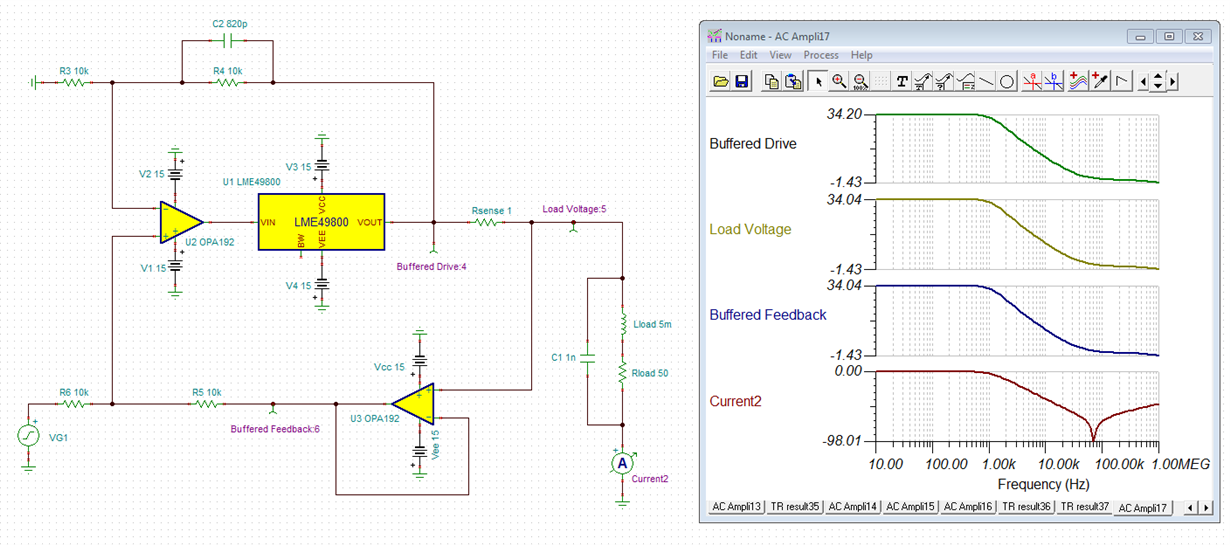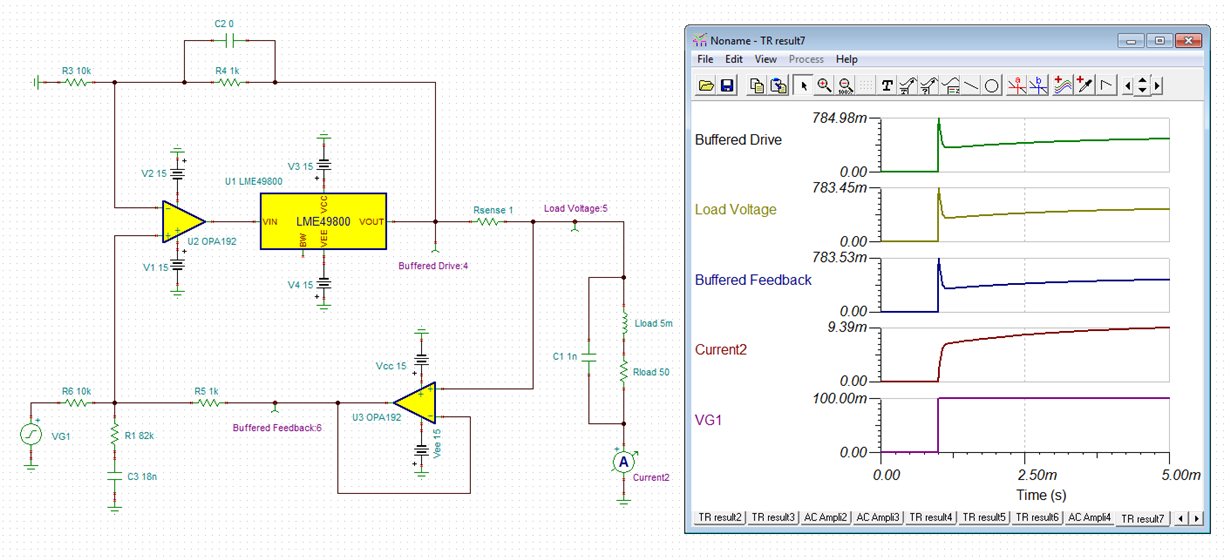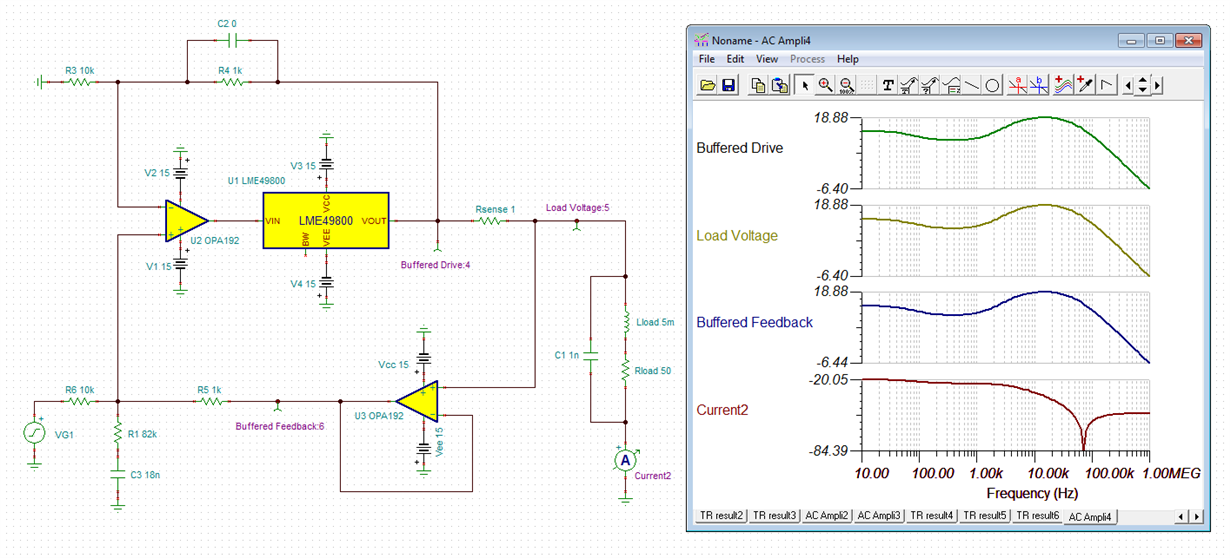Tool/software: TINA-TI or Spice Models
As spoken about in a previous question HERE
I am trying to compensate a howland current source that must be able to drive a wide range of coils with an inductance range of 0 to 100mH and resistance of 0.1R to 500R, lowest natural frequency around 100Hz.
I also understand how various Op-Amp DC performance characteristics affect the accuracy of the output.
I understand to some extent the time constant of the coil, and the supply rails will limit the possible bandwidth.
Assuming those are fixed, what are the key AC parameters I should be looking for when selecting an Op-Amp.






